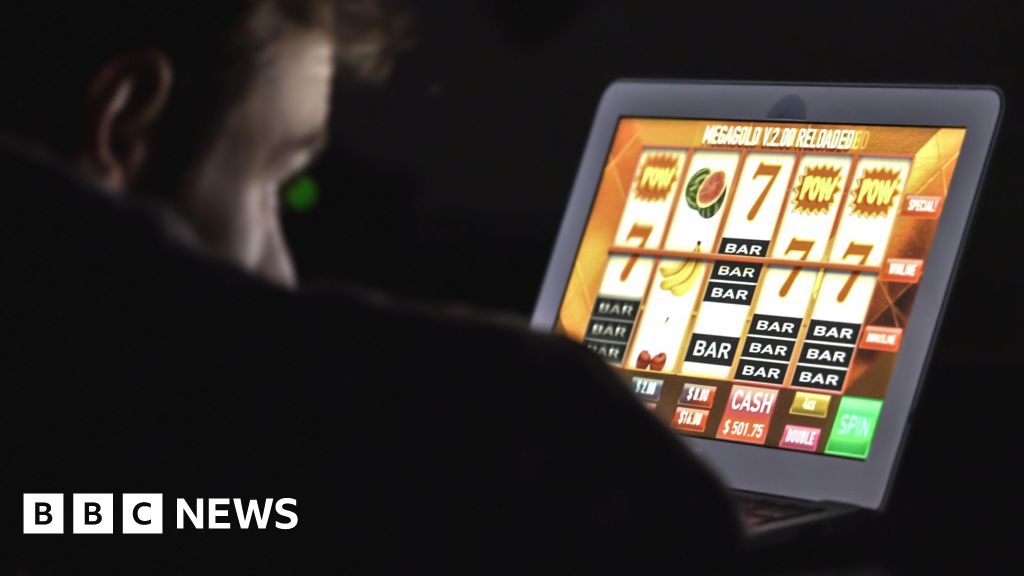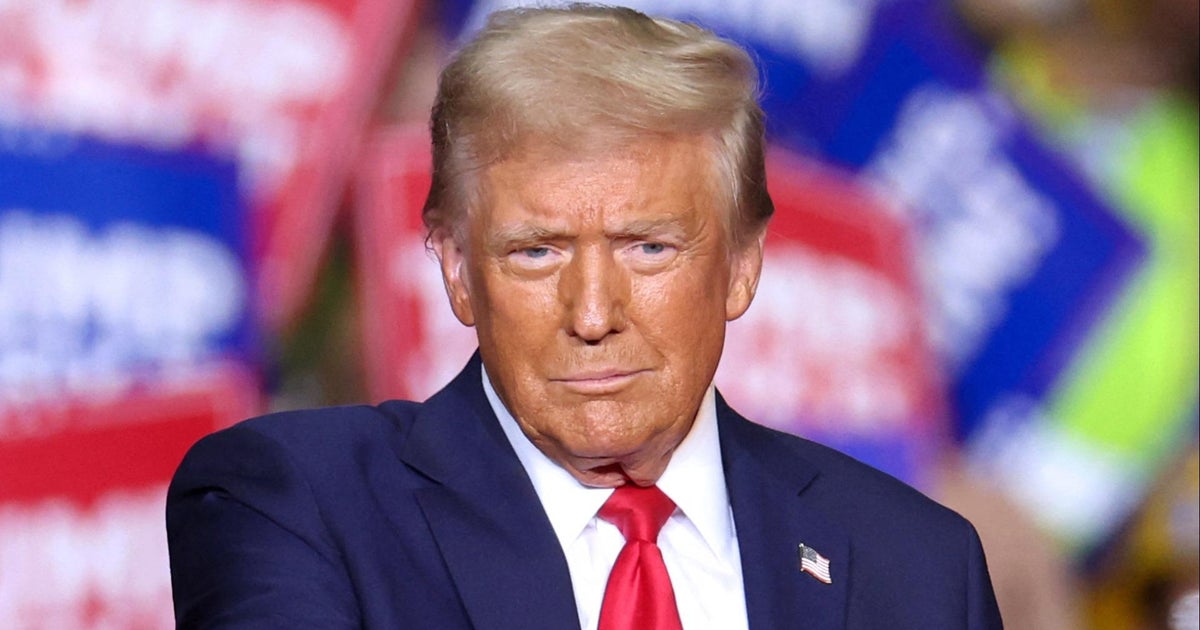Shopping
Trump’s proposed tariffs could raise U.S. grocery prices, analysis finds

Americans say they continue to feel the aftereffects of the highest inflation in four decades, especially at the grocery store, where prices remain 26% higher than before the pandemic. President-elect Donald Trump’s proposed tariffs could cause even more financial strain in the nation’s food aisles by reigniting price hikes, according to a recent study.
Although it remains to be seen what he does as president, ahead of the Nov. 5 election Trump proposed a 10% tariff on all U.S. imports, as well as a 60% tariff on products from China. Manufacturers and retailers typically pass on at least some of those costs to customers.
As a result, hefty new tariffs could cause prices for a range of consumer goods, from everyday items such as groceries to less frequent purchases like furniture, to rise, according to the analysis from Third Way, a left-leaning think tank. Trump’s tariffs could cause a typical family’s annual grocery budget in 2025 to swell by almost $200 next year, which would amount to an increase of more than 3%, according to Third Way.
“Prices are absolutely going to rise, because the added costs from increased tariffs will be paid by the consumer,” Gabe Horwitz, senior vice president for the economic program at Third Way, told CBS MoneyWatch. “And those price increases are going to be a lot harder for folks lower down on the income scale.”
Third Way has been supportive of President Joe Biden’s economic policies and endorsed Vice President Kamala Harris in the election.
Trump spokesperson Karoline Leavitt, who is set to be his White House Press secretary, disputed the claim that President-elect Trump’s policies will boost inflation.
“In his first term, President Trump instituted tariffs against China that created jobs, spurred investment and resulted in no inflation. President Trump will work quickly to fix and restore an economy that puts American workers by re-shoring American jobs, lowering inflation, raising real wages, lowering taxes, cutting regulations and unshackling American energy,” she said in a statement to CBS MoneyWatch.
To be sure, the timing and magnitude of any new tariffs imposed once Trump takes office is unclear. Brian Peck, adjunct assistant professor of international trade law at USC, recently told CBS News that the new administration could instead use tariffs chiefly as a tool for negotiating leverage in trade talks.
“If he doesn’t like a certain practice or policy initiative, he can use it as leverage to threaten them,” Peck told CBS News’ Carter Evans.
Tariffs are considered a regressive form of taxation, meaning they hit the lowest-income consumers the hardest. That’s because low-income families spend a larger share of their budgets on essentials like groceries, versus higher-income earners.
Horwitz and a team of economists put together an approximation of what an average family of four might buy each week at the supermarket, noting that there can be a lot of variation from one family to another. Researchers compared current average prices of groceries with their potential costs if Trump follows through with his proposal for adding tariffs to all imports.
“We wanted to look specifically at what the tariffs could mean for family budgets,” Horwitz said.
How much more could groceries cost?
Researchers assumed a weekly trip to the grocery store would include buying coffee, beer, shrimp, beef, bananas, avocados, jam and olive oil.
While these might not be typical purchases for all families, researchers focused on regularly consumed goods for which the U.S. relies heavily on imports, or does not produce domestically at all.
Trump’s tariffs would likely cause families to spend at least $3.57 more on such groceries each week, adding up to an additional $185 per year, or an increase of 3.3%, according to the Third Way analysis. The price hikes would apply to each of the eight items on the sample grocery list.
Big-box store prices
Consumers could also end up paying more for items bought less frequently at big-box retail stores like Walmart and Target, Third Way found.
One U.S. company is already responding to the proposed tariffs. Shoemaker Steve Madden says it plans to import fewer goods made in China to the U.S., and replace them with items made in other countries.
“We have been planning for a potential scenario in which we would have to move goods out of China more quickly,” CEO Edward Rosenfeld told analysts on a recent earnings call. “We’ve worked hard over a multiyear period to develop our factory base and our sourcing capability in alternative countries, like Cambodia, Vietnam, Mexico, Brazil, etc.”

Families could end up paying an additional $551 per year at big-box stores, with their spending rising 14% from $3,754 to $4,305, according to Third Way’s research.
Big-box store purchases would rise more dramatically in cost because more goods sold at these types of stores are imported from China.
“If you take Trump at his word, the sheer cost of tariffs for low-income families is astronomical,” Horwitz said.
Imposing steep new tariffs on other countries could raise economic costs in another way — by inviting tit-for-tat levies on U.S. exports. Oxford Economics on Thursday forecast that the Trump administration would impose blanket tariffs of 30% on all Chinese imports and that Beijing would retaliate.
“Tariffs are a two-way street, and the more aggressive tariffs on China will lead to a larger retaliation,” Ryan Sweet, chief U.S. economist at Oxford Economics, said in a report. “We assume China will impose 25% tariffs on all U.S. exports, though with exemptions for electronic products.”
Oxford also expects the U.S. to hit Japan with 10% on metals and cars, leading to reciprocal tariffs on the same U.S. exports.










